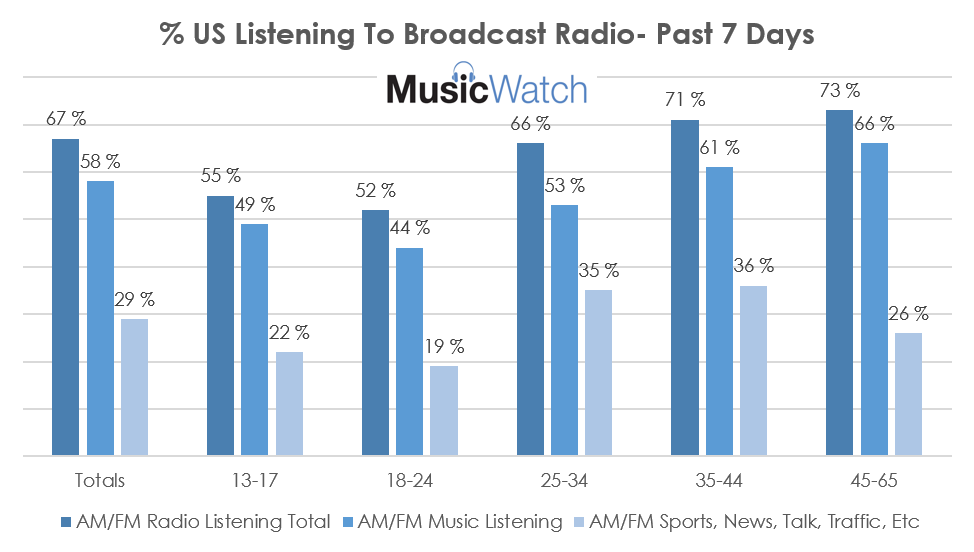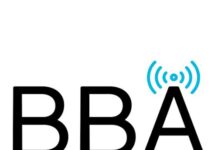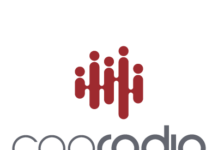
(By Russ Crupnick) “Does anyone believe 90% of teens listen to AM/FM Radio anymore?”
In Part One of this blog we explored radio listening by age demographic.
Using new research from MusicWatch’s Monitor study, we concluded that 72 percent of Americans listen to broadcast radio in an average month. Just yesterday a reporter asked me, “does anyone believe that 90 percent of teenagers listen to radio each week?”
Reasonable people can disagree about statistics but we’ve looked at enough research to say that it’s hard to understand the Nielsen numbers. Of course, ad sales folks love to quote them. Do any brands actually believe that radio’s reach to teens is higher than streaming services- especially for music? The chart below provides another perspective on past 7 day listening, using the same survey we referenced in part one of the blog.

Just over half of 13-24 year olds listen to any broadcast radio in an average week, though the numbers will flutter a bit based on seasonality. For music, only 49 percent of the 13-17 demo reported listening to any music on broadcast radio in the past week, not including digital platforms. By contrast, 86 percent of 13-17 year olds listen to music streaming services in an average week. (MusicWatch Q2 ’19 audiocensus Study).
Perhaps equally interesting is the deficit on talk, especially for 18-24 year olds. This age segment represents heavier podcast listeners.
These figures represent only part of the audience equation- the reach component. The other is engagement, typically measured as time spent listening (TSL). As we noted last time, teen’s weekly music TSL on streaming platforms is FOUR times what it is on AM/FM stations. To be exact, the typical 13-17 year old who streams listens to about 13.4 hours of music each week, compared to 3.2 hours among teen Broadcast AM/FM music listeners. Even when we move music listening on iHeartRadio, TuneIn, Radio.com and station’s digital apps to the “AM/FM” category, streaming holds a substantial advantage in overall share of teen music listening.
Younger millennials, those aged 18-24 are listening to podcasts nearly 2.5 days per week, and total 4.3 hours of podcast listening per week. Their favorite podcast genres include programming where radio has traditionally excelled; Self-help and Advice, Politics and Current Affairs, and Comedy.
As discussed in part one, radio’s reach does in fact remain strong, especially among older age segments. For Gen Z and Millennials, the faster that broadcasters embrace a realistic picture of how younger people listen, the faster digital strategies can be created to keep and build share of audio listening.
Russ Crupnick is Managing Partner ofMusicWatch, Inc. He can be reached by e-mail at [email protected]






It’s easier to understand the Nielsen numbers when you compare methodologies. The MusicWatch numbers are based on a national survey of 2500 people. Nielsen is done on a market-by-market basis comprising more than 10 times as many people, weighted for certain demographics. So it’s no wonder they come up with different numbers. I’m not here to say one of more credible than the other. I like Russ’ s approach to statistics, and I’ve seen him speak many times. My view is that there are people who question that ANY teens listen to broadcast radio, and so I’m interested that Russ says the number is over 50%. That’s a lot higher than conventional wisdom. I’ll just add that radio stations typically don’t target teens in their programming or their ad sales. They majority of radio stations are targeting 25-54, with a percentage aiming at 18-34. It’s interesting to me that Gen X has begun to include radio in their listening as they’ve gotten older.
Good part 2. The Nielsen numbers don’t make sense to what is being observed in the real world. It would also seem that radio has a hardware problem, i.e. teenagers aren’t listening via traditional radio sets as they did 10-20 years ago. If a part 3 is in the works, it would be great to see some data on the demographics and the hardware they use to listen (i.e. phones, tablets, laptops/desktops, streaming devices, OTA radio receivers).